
Snake Venom
In our previous post we are talking about poisonous and non-poisonous snake and top 10 lethal snake in world.
Now today we are talking about types of snake venom and how to survive from snake bite.
Types of snake venom:
There are many different types of venom that are produced by snakes and other venomous animals. Some of the most common types of venom are:
- Hemotoxic venom:
This type of venom affects the blood and blood vessels, causing tissue damage, bleeding, and a breakdown of red blood cells. Hemotoxic venom is produced by many types of snakes, including pit vipers, such as rattlesnakes, copperheads, and cottonmouths.
Example:
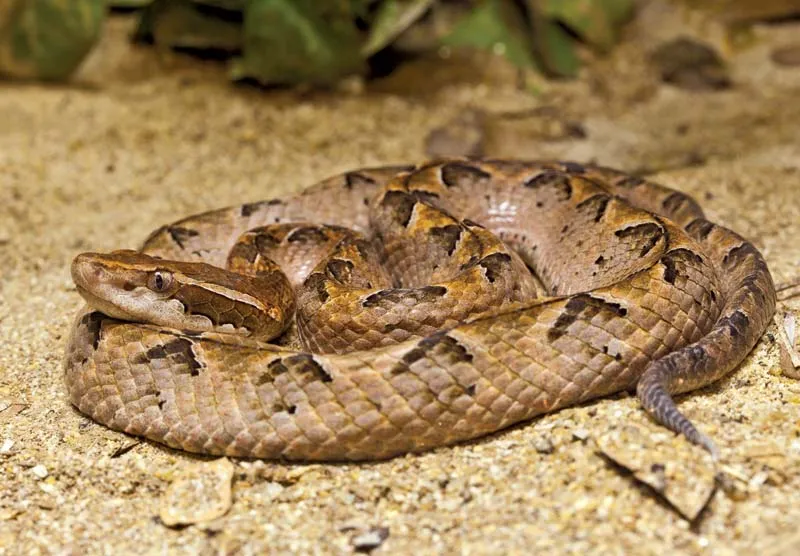
Pit viper
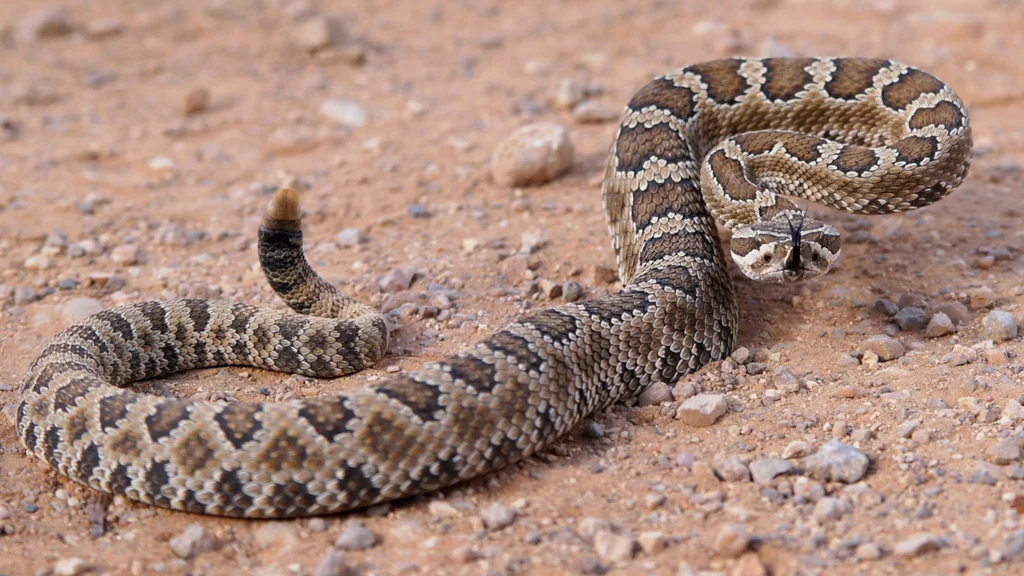
Rattlesnakes
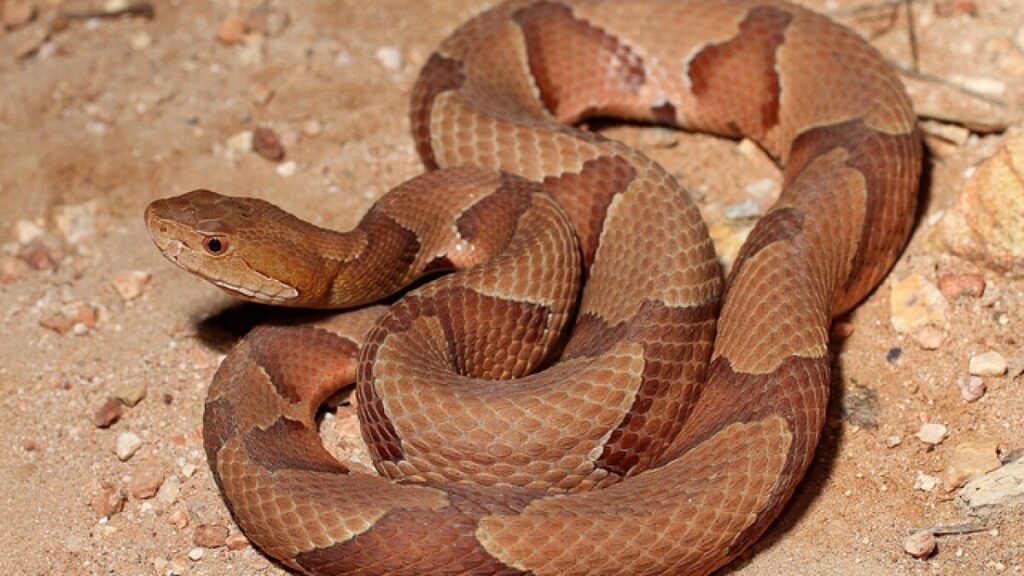
Copperhead
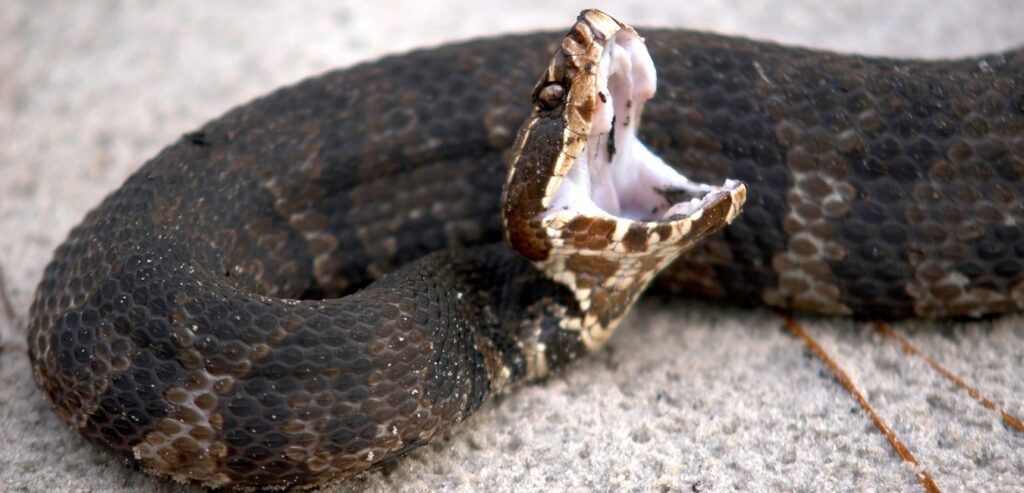
Cottonmouth
- Neurotoxic venom:
This type of venom affects the nervous system, causing paralysis, respiratory failure, and other symptoms. Neurotoxic venom is produced by snakes such as cobras, kraits, and coral snakes.
Example:

Cobra
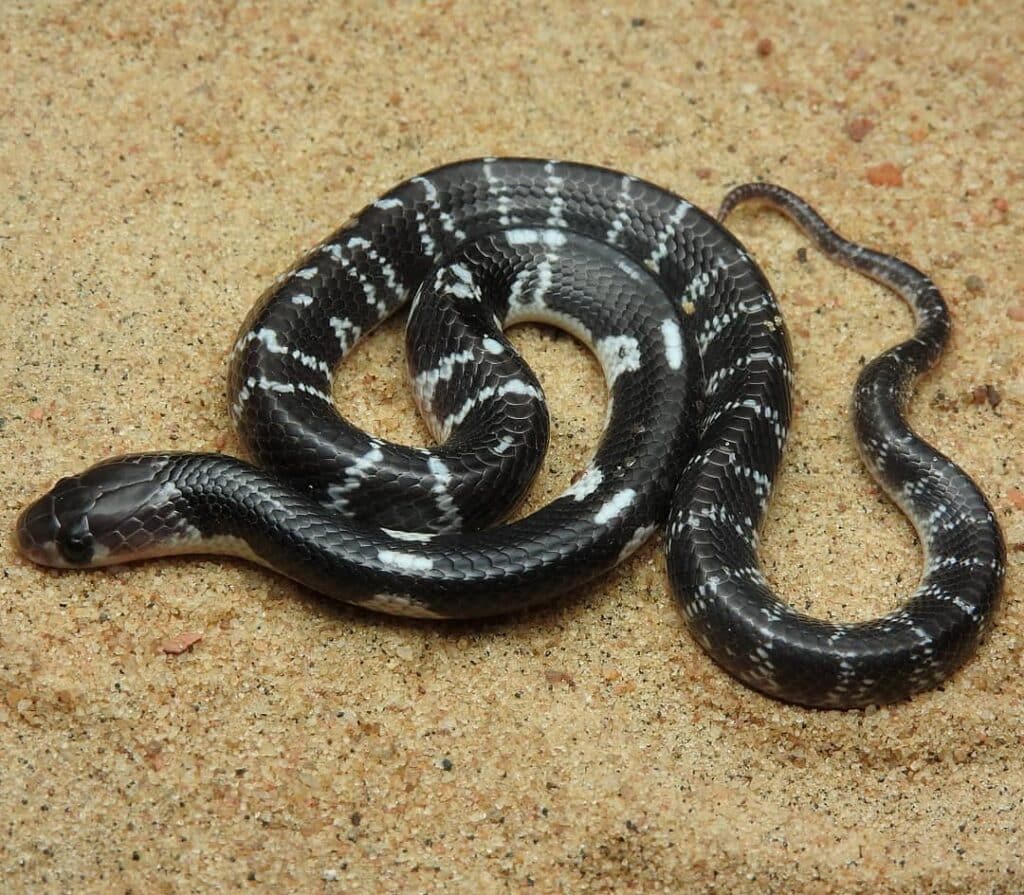
Krait
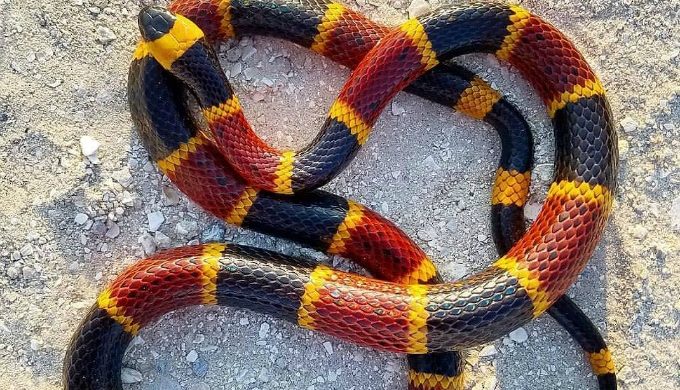
Coral snake
- Cytotoxic venom:
This type of venom affects cells and tissues, causing necrosis (cell death) and tissue damage. Cytotoxic venom is produced by snakes such as vipers and some species of rattlesnakes.
Example:

Vipers
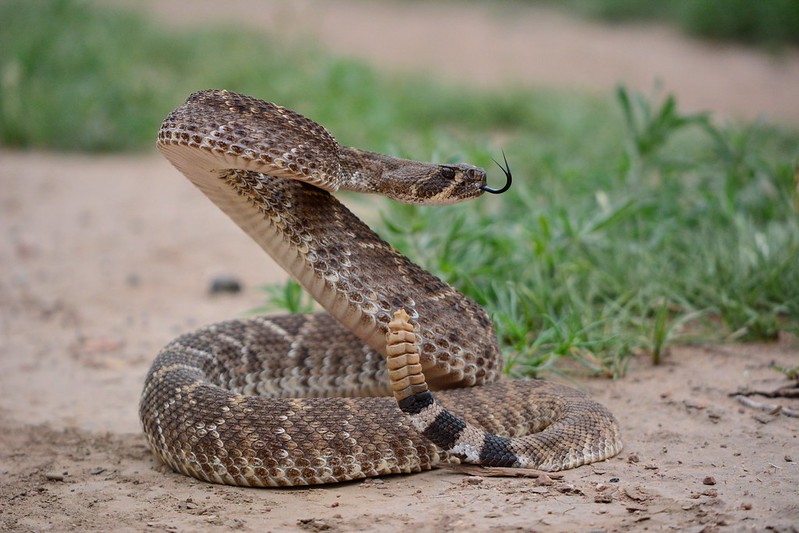
Some species of rattlesnakes
- Cardiotoxic venom:
This type of venom affects the heart, causing irregular heartbeats, heart failure, and other symptoms. Cardiotoxic venom is produced by some types of snakes, such as certain species of cobras and vipers, Kraits.
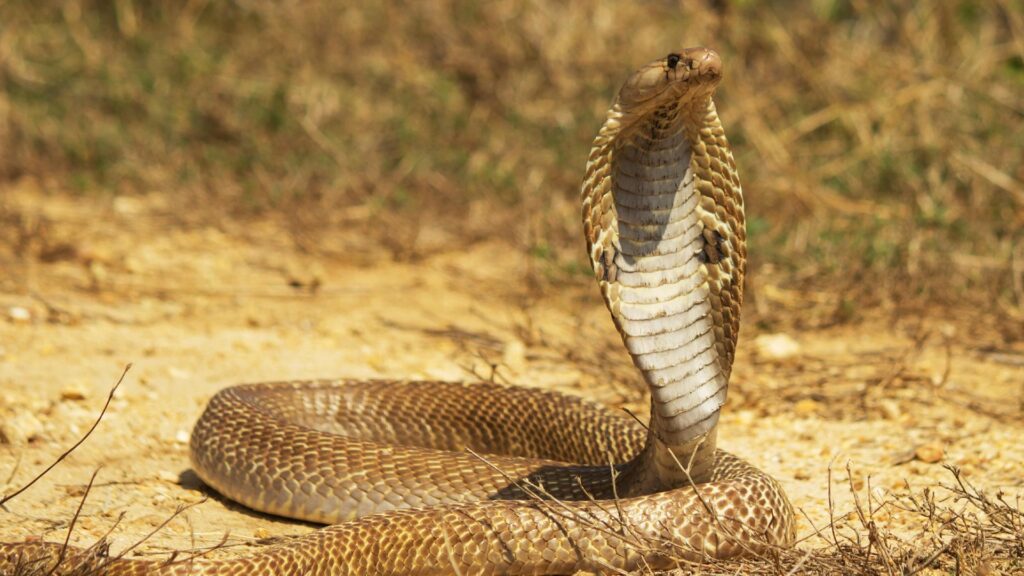
Certain species of cobras
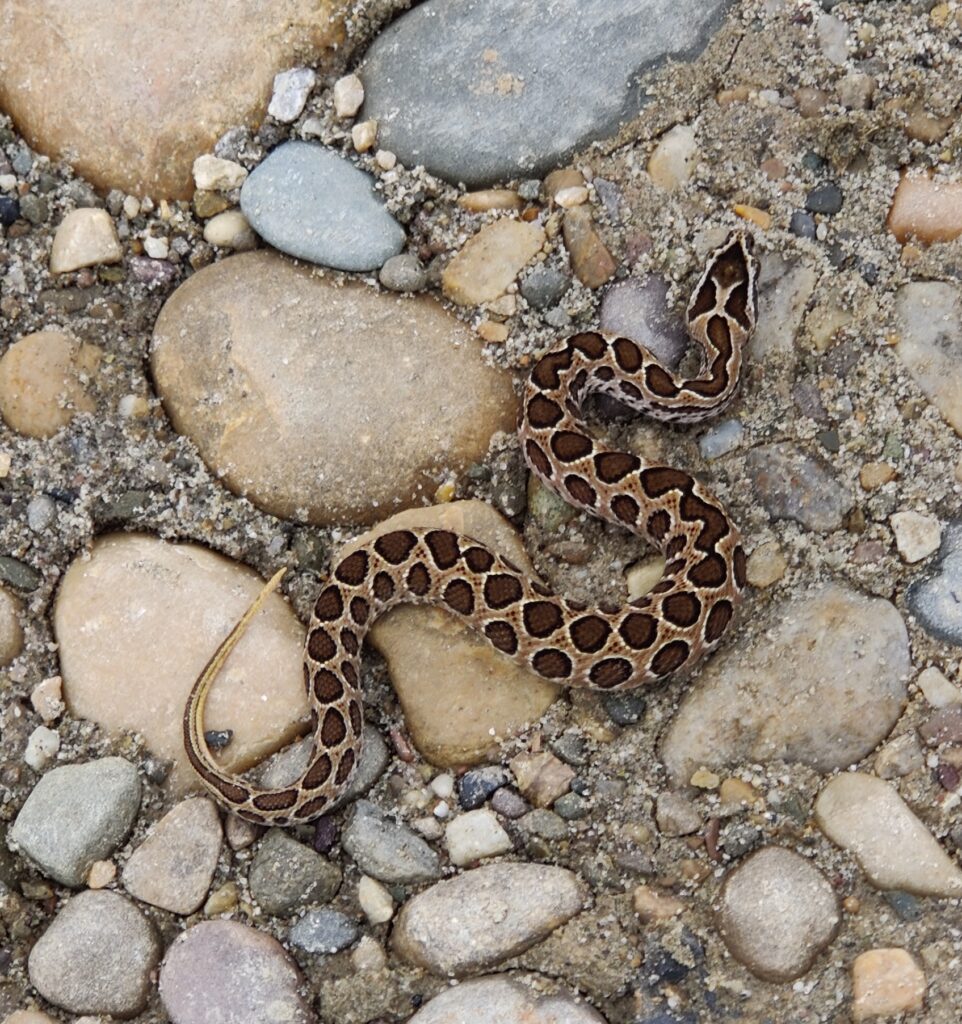
Certain species of vipers
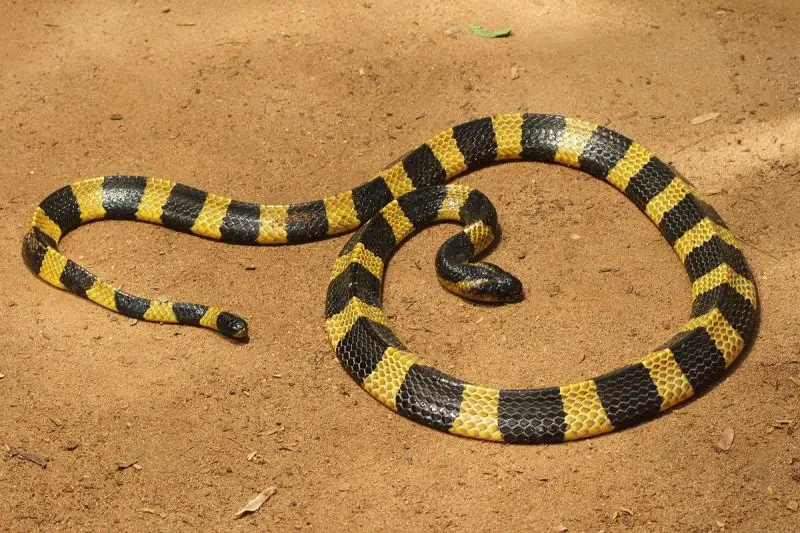
Certain species of Kraits.
- Myotoxic venom:
This type of venom affects muscle tissue, causing muscle damage and pain. Myotoxic venom is produced by some types of snakes, such as rattlesnakes and vipers.
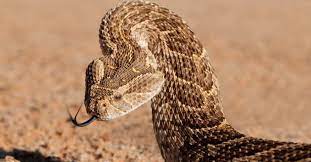
some types of rattlesnakes

some types of vipers.
It’s important to note that different species of snakes can produce different types of venom, and even within a single species, venom can vary in its composition and effects. Understanding the type of venom involved in a snakebite is important for determining the appropriate treatment and management of the patient’s symptoms.
How to Survive from snake bite:
- Surviving a snakebite requires prompt and appropriate medical attention. If you or someone you know has been bitten by a snake, here are some steps to take:
- Stay calm and keep the affected limb or body part immobilized. Try to keep the bite below heart level to slow down the spread of venom.
- Call for emergency medical assistance immediately, or get to the nearest hospital as quickly as possible. Time is critical in treating snakebites.
- Do not apply a tourniquet or attempt to suck out the venom, as these methods can actually worsen the injury and lead to more harm than good.
- Remove any tight clothing or jewelry near the bite site, as swelling can occur.
- Monitor vital signs, such as breathing and heart rate, and be prepared to perform CPR if necessary.
- Provide as much information as possible to medical personnel, such as the type of snake involved, the time of the bite, and any symptoms or reactions observed.
- Be prepared to receive antivenom treatment if recommended by medical personnel. Antivenom is a specific antidote that can neutralize the effects of snake venom and save lives.
Overall, the best way to survive a snakebite is to avoid getting bitten in the first place. Stay aware of your surroundings and avoid walking in areas where snakes are known to be present. Wear protective clothing and shoes when necessary, and be cautious when handling or approaching snakes.
17 thoughts on “Snake Venom”
The articles you write help me a lot and I like the topic
I want to thank you for your assistance and this post. It’s been great.
Good web site! I truly love how it is easy on my eyes and the data are well written. I am wondering how I could be notified whenever a new post has been made. I’ve subscribed to your RSS which must do the trick! Have a nice day!
Thank you for providing me with these article examples. May I ask you a question?
Sure
Thank you for being of assistance to me. I really loved this article.
Sustain the excellent work and producing in the group!
Valuable info. Lucky me I found your site by accident, and I am shocked why this accident did not happened earlier! I bookmarked it.
Thank you
Thank you for your articles. I find them very helpful. Could you help me with something?
I wanted to send you this very little word in order to say thanks over again with your gorgeous concepts you have shown here. This is quite shockingly generous of you to allow unreservedly exactly what many of us would have marketed as an e book to help with making some cash for their own end, notably given that you might well have done it if you considered necessary. Those creative ideas likewise served to become easy way to fully grasp that many people have the identical zeal similar to my own to see lots more with regards to this problem. I’m sure there are lots of more pleasurable times in the future for many who discover your blog post.
I抳e recently started a web site, the information you provide on this site has helped me tremendously. Thanks for all of your time & work.
Heya i抦 for the primary time here. I came across this board and I find It really useful & it helped me out much. I’m hoping to present something back and aid others like you aided me.
It’s best to participate in a contest for one of the best blogs on the web. I’ll advocate this website!
I take pleasure in, result in I discovered just what I was having a look for. You have ended my 4 day long hunt! God Bless you man. Have a great day. Bye
You could definitely see your enthusiasm in the work you write. The arena hopes for more passionate writers like you who aren’t afraid to say how they believe. Always follow your heart.
I came across your site wanting to learn more and you did not disappoint. Keep up the terrific work, and just so you know, I have bookmarked your page to stay in the loop of your future posts. Here is mine at Webemail24 about Bitcoin. Have a wonderful day!